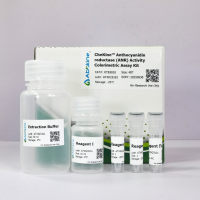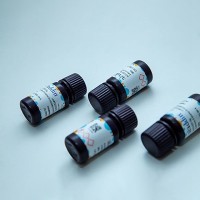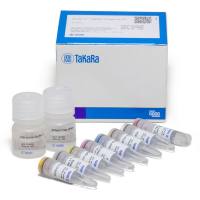Preparation and Ligand Screening of a gt11 Lysogen Library
互联网
704
The λgt11 system has been designed to allow expression of cDNAs either in phage plaques or in bacteria lysogenized with recombinant λgtll phages (1 , 2 ). cDNAs are cloned into a unique EcoRl restriction site near the 3′ end of a truncated E. coli lactose operon (lacP/O-lacZ ), allowing inducible, high-level transcription of lacZ -cDNA-encoded fusion mRNAs that can be translated into fusion proteins if the cDNA coding strand is properly oriented with respect to lac transcription, and in phase with the p-galactosidase reading frame. A host strain is chosen that carries a lacl q allele on a high-copy number plasmid (pMC9), assuring efficient repression of lac transcription in the absence of an inducer. Since λgtll encodes a temperature-sensitive cl repressor (c/857 ), it can be lysogenized and stably maintained as a lysogen (i.e., as a “single copy vector”) at the permissive temperature, and subsequently made to switch to a “multi copy vector” on inducing lytic growth of the prophage by a temperature shift. An amber mutation in the S gene (SlOO&mb) renders the phage lysis-defective in a nonsuppressor host, allowing the accumulation of phage-encoded products inside the bacterial host cells. To maximize stability of lacZ- cDNA-encoded fusion protein, a host strain is used that carries a deletion in the gene for the Ion protease. λgtl 1 can also form plaques if grown on a host that carries an amber suppressor mutation (for a recent review on the λgtll system, see ref. 3 )









